Creeping Thyme Growing Guide – Everything You Need To Know
Creeping thyme makes a pretty and fragrant ground cover carpet, as well as a great spiller in pots. It likes a little grit in the soil and is easy to grow.
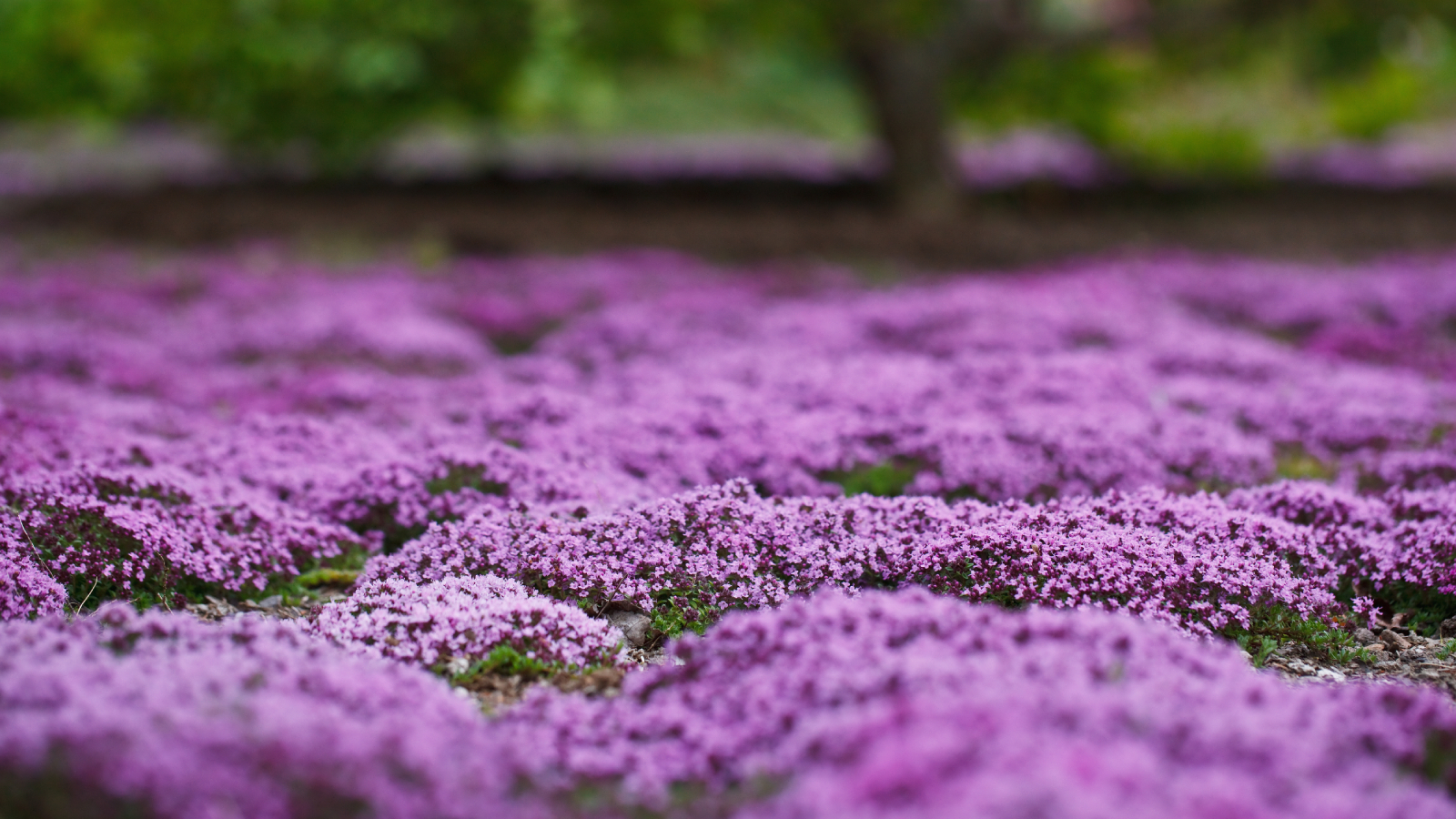
Few plants provide the ease of maintenance, beautiful coverage, and bright spring blooms, as Mother of thyme. Also known as creeping thyme, this herbaceous plant has the ability to colonize over thyme, creating a dense, soft carpet of delicate, fuzzy foliage. Creeping thyme plants are readily available at most nurseries and can also be established from divisions. Selecting a thyme ground cover is perfect for poor soil areas and dry sites.
Quick Facts
- Botanical name: Thymus serpyllum
- Height: 1-3 inches ( 2.54-7.62 cm.)
- Spread: 3-12 inches ( 7.62- 30.48 cm.)
- Sun exposure: Full
- Soil requirements: Well draining, slightly gritty
- Hardiness zones: USDA 4-8
- When to plant: Spring, fall
Creeping Thyme Care
My current landscape is located in something of a desert. It's not an official desert, but the growing seasons here are harsh, dry, windy, and the soil is loose and sandy. These difficult conditions have had me scratching my head on plant choices, but thyme was a no-brainer. The first year I was here I made a river rock path and dotted it with tiny thyme plants. Today, it is a lush, green pathway and needs very little maintenance.
- Light: There are over 300 varieties of thyme from which to choose, but each one requires plenty of sunshine. Ideally, the site should provide 8 hours of sun for optimal growth and flower production. In lower light situations, the plant will get leggy, stretching for sunlight, and flower production will dwindle. This leads to a rather shaggy presentation.
- Water: Establishing creeping thyme ground cover will need regular watering as it roots. Once the plant has been growing for several months, it thrives on average moisture. However, well established areas can tolerate dry conditions, especially during the spring and fall months. In extreme summer heat, they will need supplemental irrigation for the best health.
- Temperature & Humidity: Creeping thyme is hardy to United States Department of Agriculture zones 4-8. In temperate regions, the plant will remain green, but it will go dormant in cold climes. Thyme is considered a warm weather crop and grows when temperatures are between 65-85 degrees Fahrenheit ( 18-30 C.). They can withstand temperatures much hotter but growth will slow and some stem and leaf loss may occur. Temperatures below 0 F ( -18 C.) will not kill the plant but it will go into dormancy. Thyme plants require relatively low humidity and actually prefer dry ambient air.
- Soil: Thyme plants do not like dense, heavy soils. These can become waterlogged leading to root rot. They do tolerate soil with poor fertility but it must be freely draining. Loose, sandy, gritty, or even rocky soils with some acidity are preferred. In areas with organic rich soil, amend the site with plenty of gritty material prior to planting thyme.
- Fertilizer: These herbs don’t require fertilizer. If the area is devoid of any nutrients, apply a diluted foliar feed once in early spring.
- Problems, Pests & Diseases: The biggest problems are lack of light and poorly drained soil. Few pests bother these aromatic plants. Watch for scale in hot, dry summers. In heavy, water saturated sites, root rot is a common problem.
How and When to Plant Creeping Thyme
The best time to establish a creeping thyme ground cover is in early spring, as soon as the soil can be worked. Prepare the area by adding extra gritty material if necessary and loosening the soil a few inches (7.62 cm.). Water in young plants to settle soil around the shallow roots. Thyme may also be planted in fall, 5 weeks before any expected frost.
Pruning
Mother of thyme doesn’t require pruning except to remove dead plant material. Some gardeners like to shear off the spent flowers to improve the appearance, although this isn’t necessary for the plant’s health.
Propagation
Thyme grows well from seed but will take some time to establish. Quicker results can be obtained from taking divisions from healthy plants. Dig up a section and sever it from the parent, taking care to preserve plenty of roots.
Repotting
When the plant becomes woody and develops areas that cease growth, it is time to divide and repot the plant. Remove it from the container and divide it into 2 or 3 sections. Fill the container with fresh, well draining, slightly gritty soil and install 1 or 2 divisions. Water in the soil to settle it and place the container where it will receive plenty of light.
Overwintering
Container bound plants may need to be taken to a sheltered location to overwinter. In ground plants need little special winter care if they are fully established. Make sure they get a good drink of water before a big freeze and then suspend watering for the winter.
Gardening tips, videos, info and more delivered right to your inbox!
Sign up for the Gardening Know How newsletter today and receive a free copy of our e-book "How to Grow Delicious Tomatoes".
Creeping Thyme Varieties
There is a variety of thyme for every need, but not all of them will “creep.” Most are deer resistant and thrive in harsh locations. There are 2 main species commonly used in the landscape. Thymus serpyllum, or wild thyme, and Thymus praecox, better known as wooly thyme, are widely available. Both are low-growing, slightly woody, evergreen plants with fine leaves. Wild thyme leaves are deeply green, while wooly thyme has fuzzy, grayish-green leaves.
Frequently Asked Questions
What Are the Disadvantages of Creeping Thyme?
Thyme will escape an area and can colonize areas that are not desired. It does not like a great deal of foot traffic and should be planted where it gets minimal crushing. Thyme of any variety is not suitable for compacted, heavy, moist soils.
Does Creeping Thyme Come Back Every Year?
This aromatic plant is extremely resilient. In cold areas, a long, hard freeze can kill some of the plant, but wait until temperatures warm, and you will see it coming back. Older stands will benefit from division, since old woody stems will slow production of leaves after a few years.

Amy Grant has been gardening for 30 years and writing for 15. A professional chef and caterer, Amy's area of expertise is culinary gardening.
-
 4 Superfast Composting Methods: Turn Waste Into Garden Gold In 30 Days Or Less
4 Superfast Composting Methods: Turn Waste Into Garden Gold In 30 Days Or LessTry the fastest composting methods to turbocharge your pile and transform kitchen scraps and garden waste into finished compost in just a few weeks.
By Mary Ellen Ellis
-
 Best Spider Plant Soil – Complete Soil Guide And Expert Tips For Keeping Plants Happy
Best Spider Plant Soil – Complete Soil Guide And Expert Tips For Keeping Plants HappySpider plants are fun and easy plants to grow, but what is the best soil for a spider plant? Selecting the right soil is important so they can thrive.
By Bonnie L. Grant
-
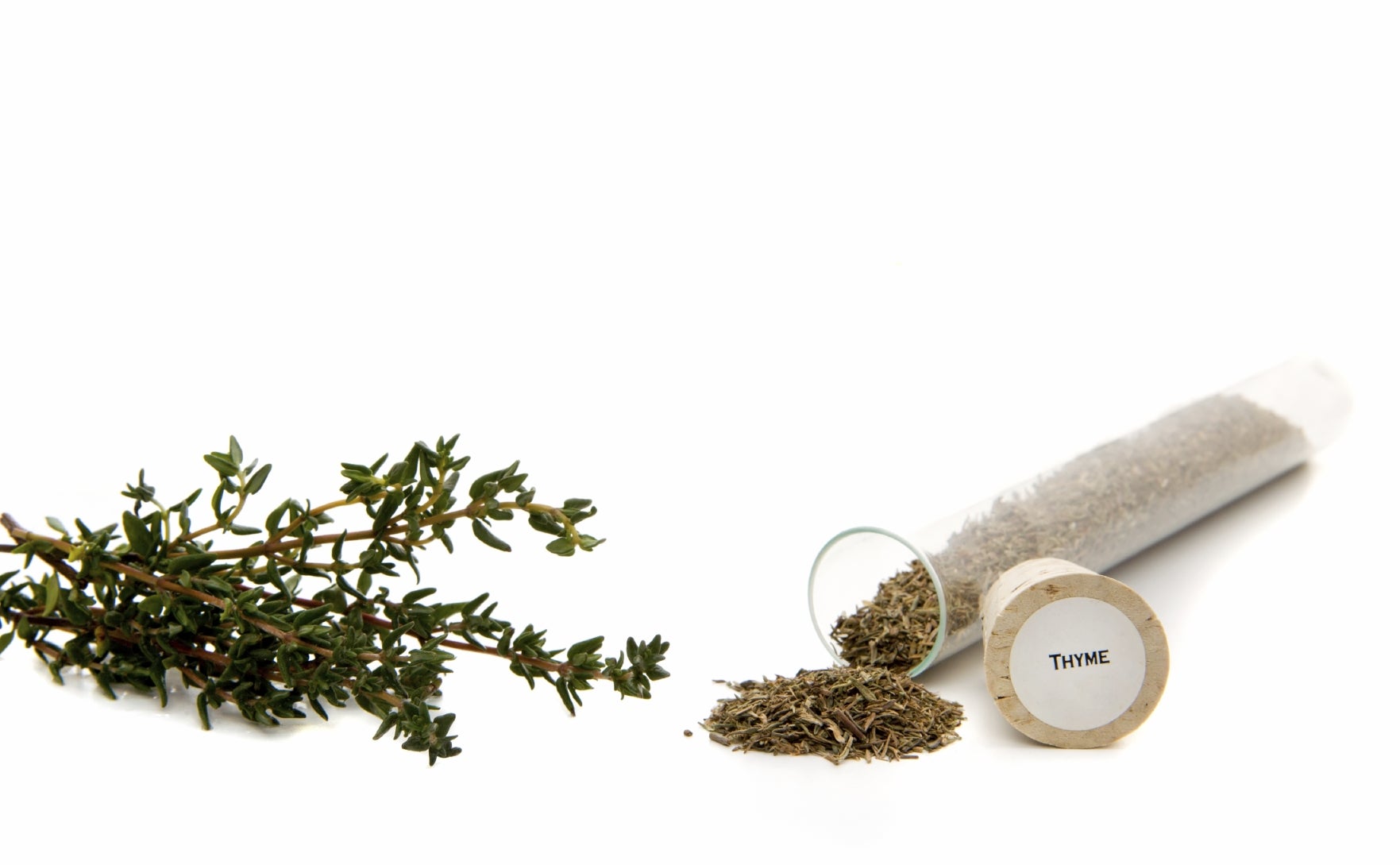 Propagating Thyme Plants: Thyme Seed Planting And Rooting Thyme Plants
Propagating Thyme Plants: Thyme Seed Planting And Rooting Thyme PlantsThyme is an herb steeped in history with a wide range of uses, not the least of which is culinary. With such a plethora of applications, it is a "must have" for the herb garden. So then, how to propagate thyme you ask? Find out here.
By Amy Grant
-
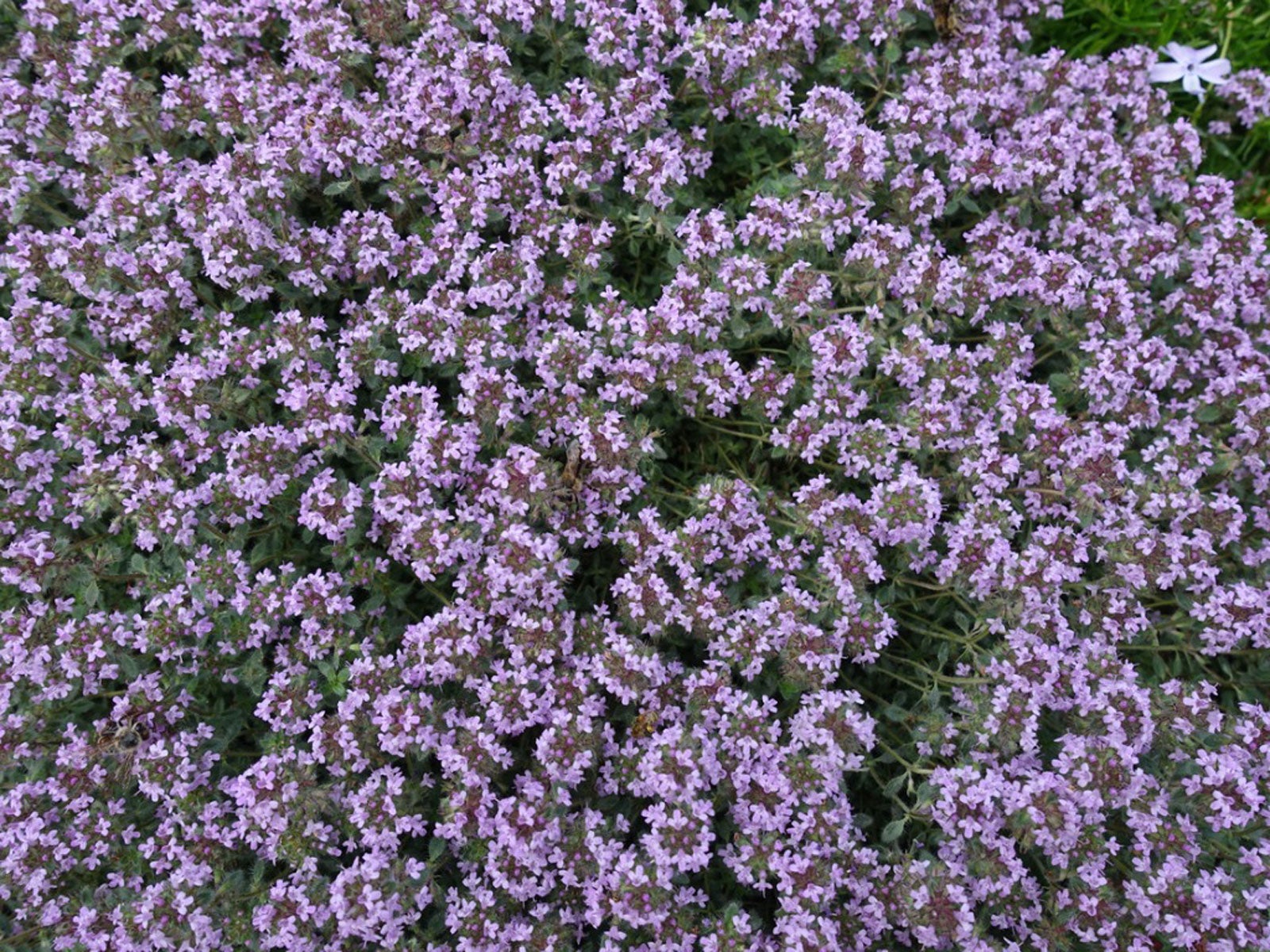 Growing Woolly Thyme: Information On Woolly Thyme Ground Cover
Growing Woolly Thyme: Information On Woolly Thyme Ground CoverThere are plants you just want to touch and woolly thyme plants are just one of them. Growing and caring for this herb plant is easy. Read this article for information on how to grow woolly thyme.
By Bonnie L. Grant
-
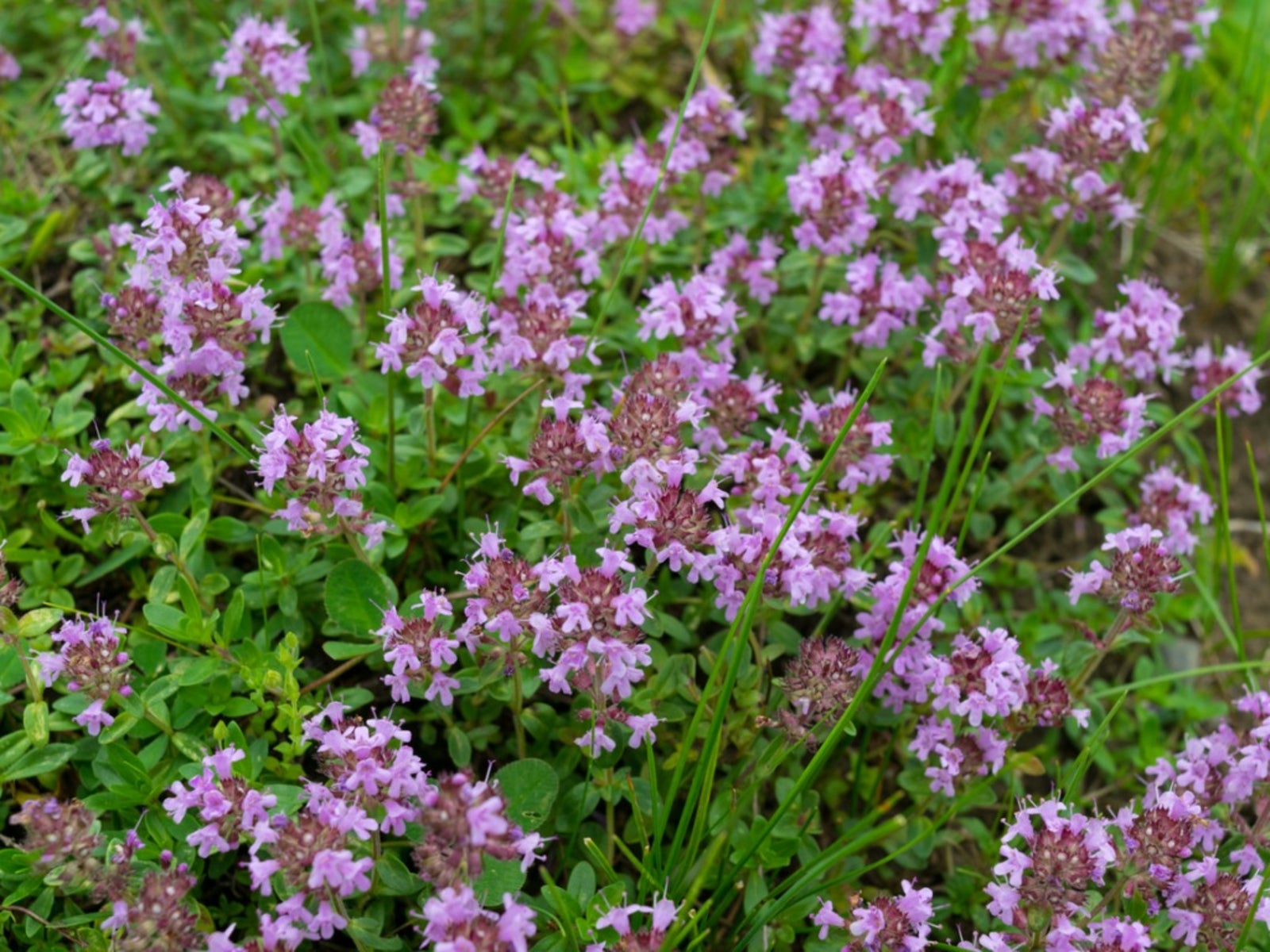 What Is Elfin Thyme: Information On Elfin Creeping Thyme Plant
What Is Elfin Thyme: Information On Elfin Creeping Thyme PlantElfin creeping thyme plant is as cherubic as its name implies with small glossy, green aromatic leaves and teeny weensy purple or pink blossoms. Read here for information on elfin thyme care.
By Amy Grant
-
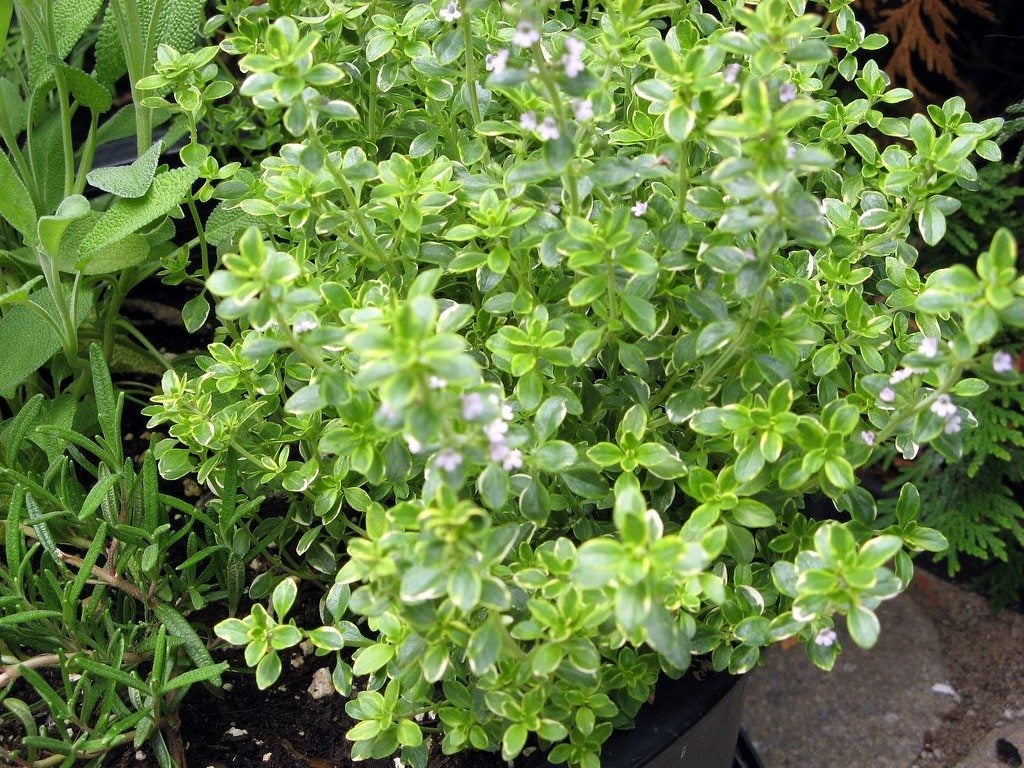 Lemon Thyme Herbs: How To Grow Lemon Thyme Plants
Lemon Thyme Herbs: How To Grow Lemon Thyme PlantsLemon thyme plants are a lovely addition to an herb garden, rock garden or border or as container plants. Grown not only for its culinary uses but for its attractive foliage, lemon thyme info can be found here.
By Amy Grant
-
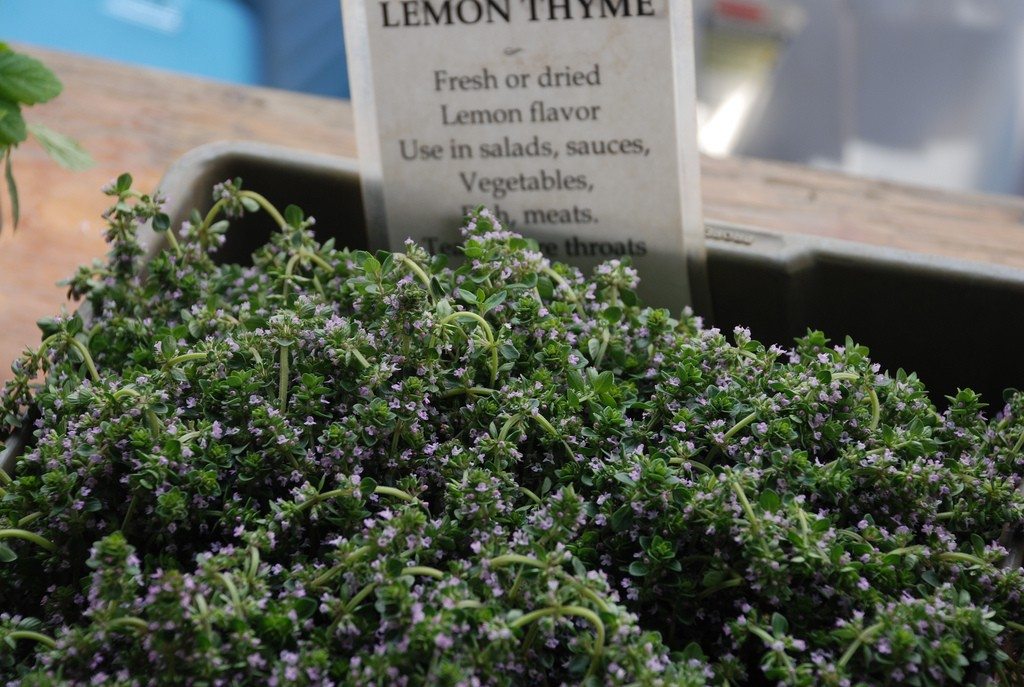 Types Of Thyme Plants: Varieties Of Thyme For The Garden
Types Of Thyme Plants: Varieties Of Thyme For The GardenBy Amy Grant
-
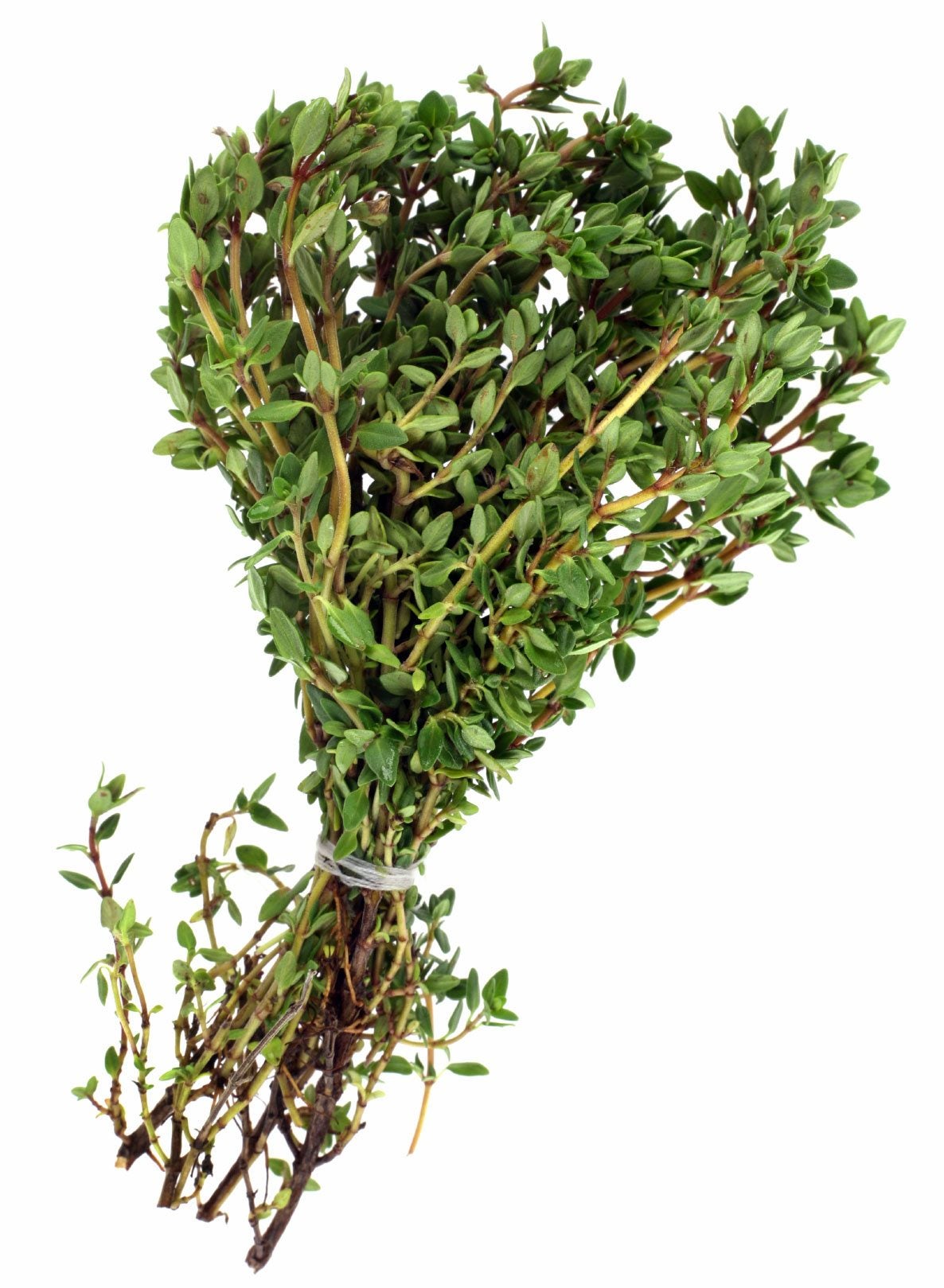 Storing Thyme - Drying Fresh Thyme After Harvesting
Storing Thyme - Drying Fresh Thyme After HarvestingThyme is one of the most versatile herbs, with various cultivars and flavors. Knowing how to dry thyme can help you preserve the delightful scent and flavor of this herb for easy home use. Click here for more.
By Bonnie L. Grant
-
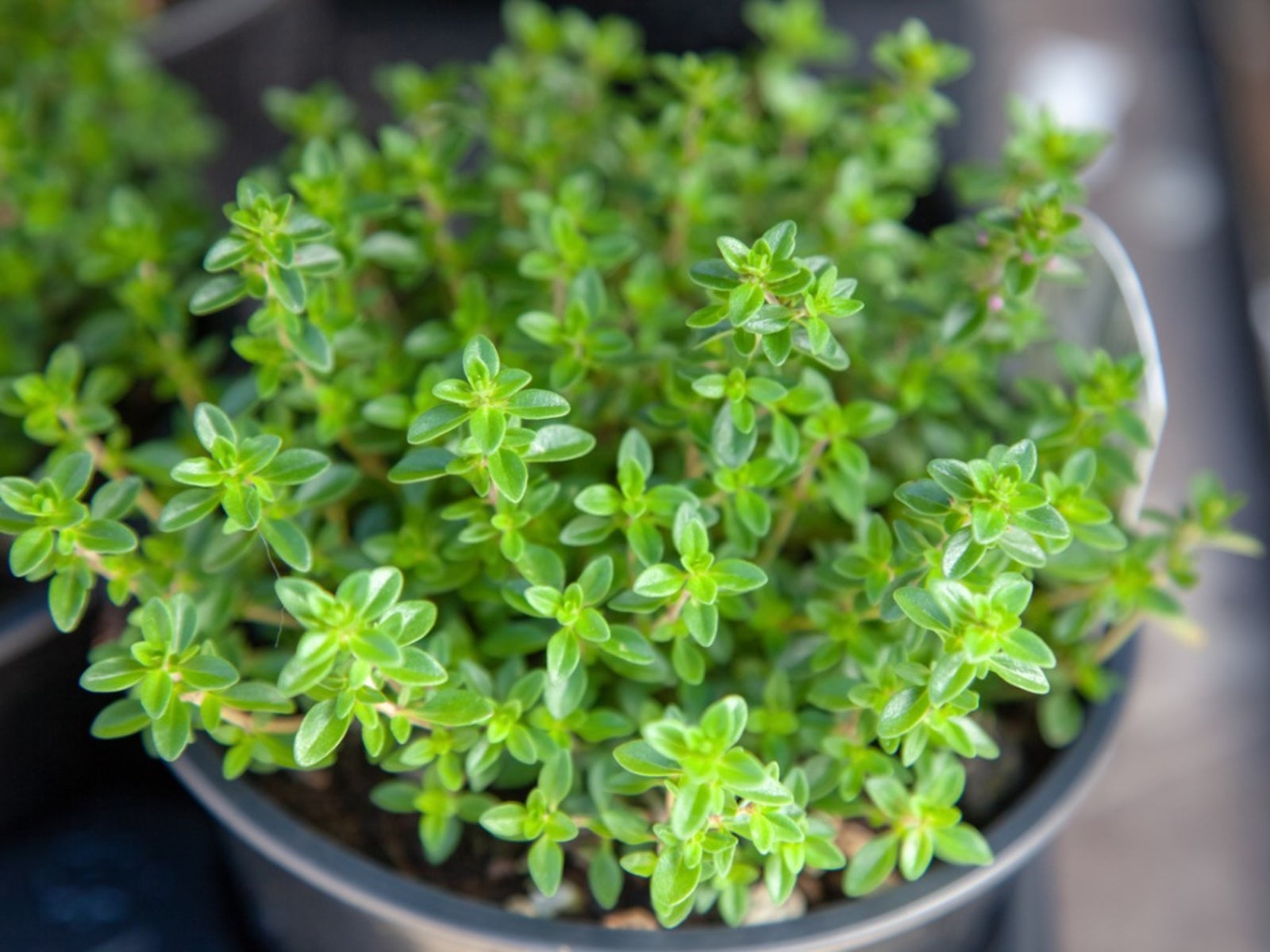 Growing Thyme Indoors: How To Grow Thyme Indoors
Growing Thyme Indoors: How To Grow Thyme IndoorsWhat could be better than having the scents and flavors near to hand in the kitchen? Thyme is a useful herb that can be used in a variety of ways. Growing thyme indoors is easy, and this article will help.
By Bonnie L. Grant
-
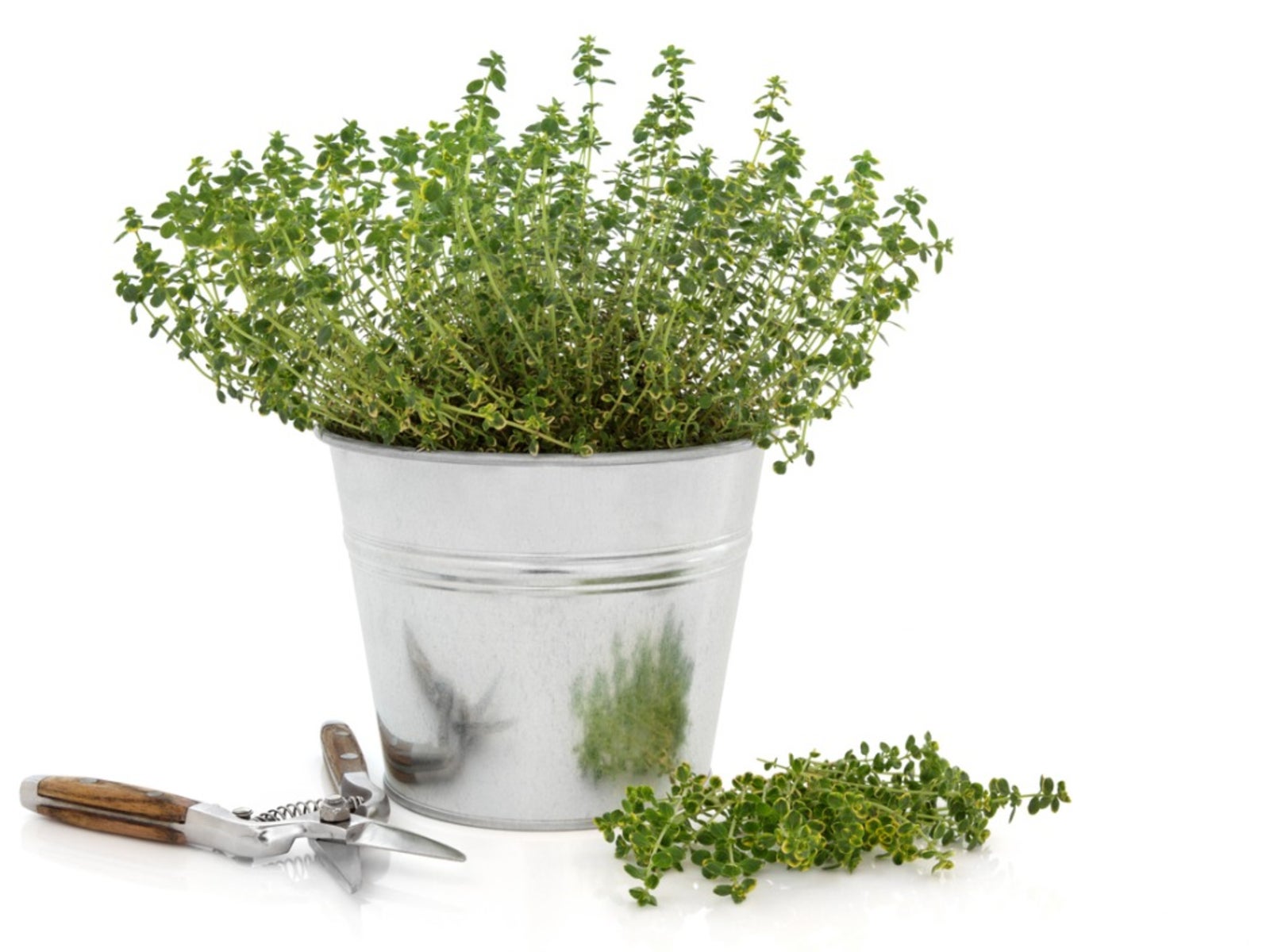 Tips For Pruning Thyme Plants For Best Growth
Tips For Pruning Thyme Plants For Best GrowthThyme plants do best when they are pruned regularly. Taking the time to trim thyme, not only creates a nicer looking plant, but also helps improve the amount you can harvest from the plant. Learn more here.
By Heather Rhoades

